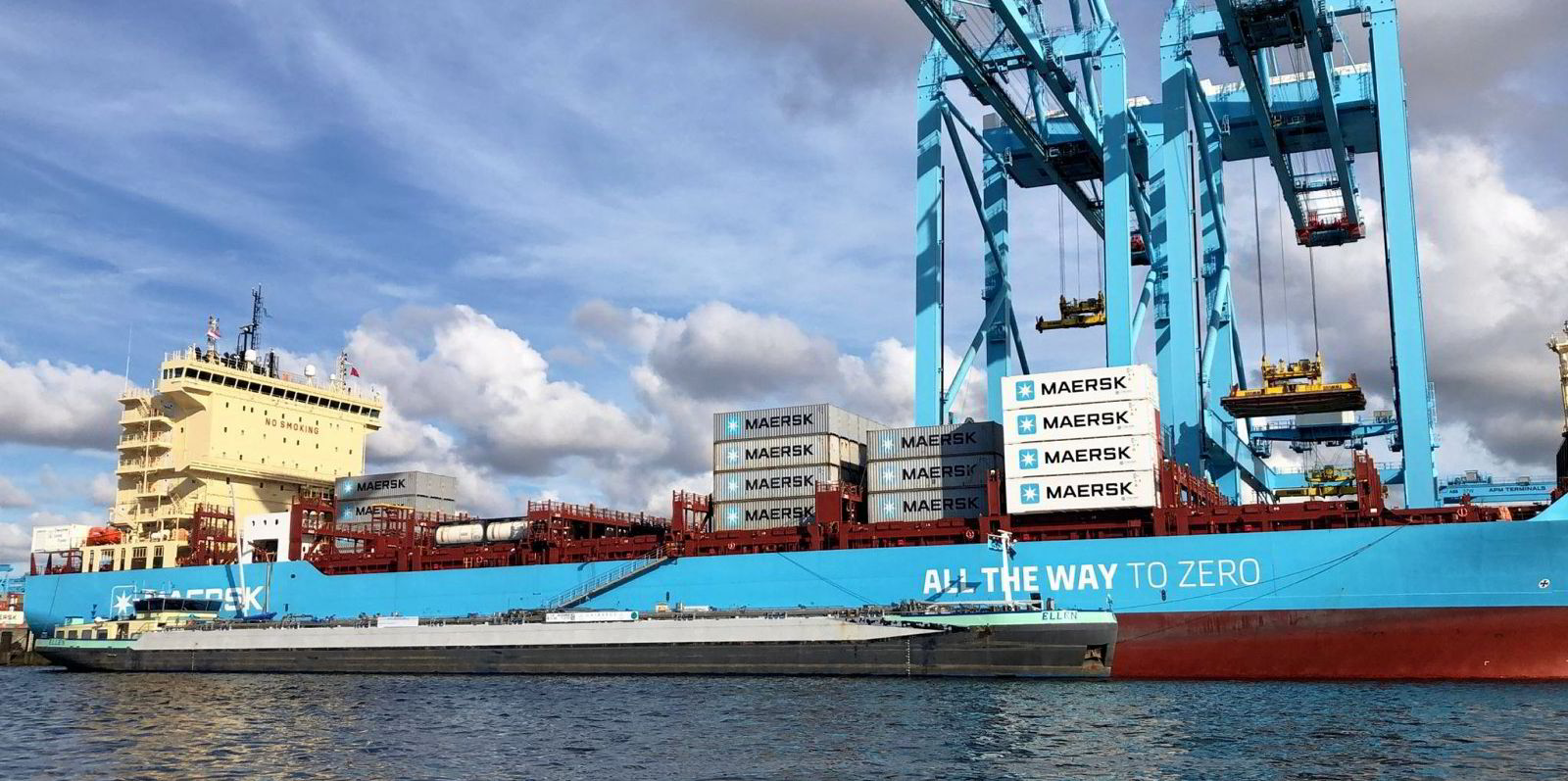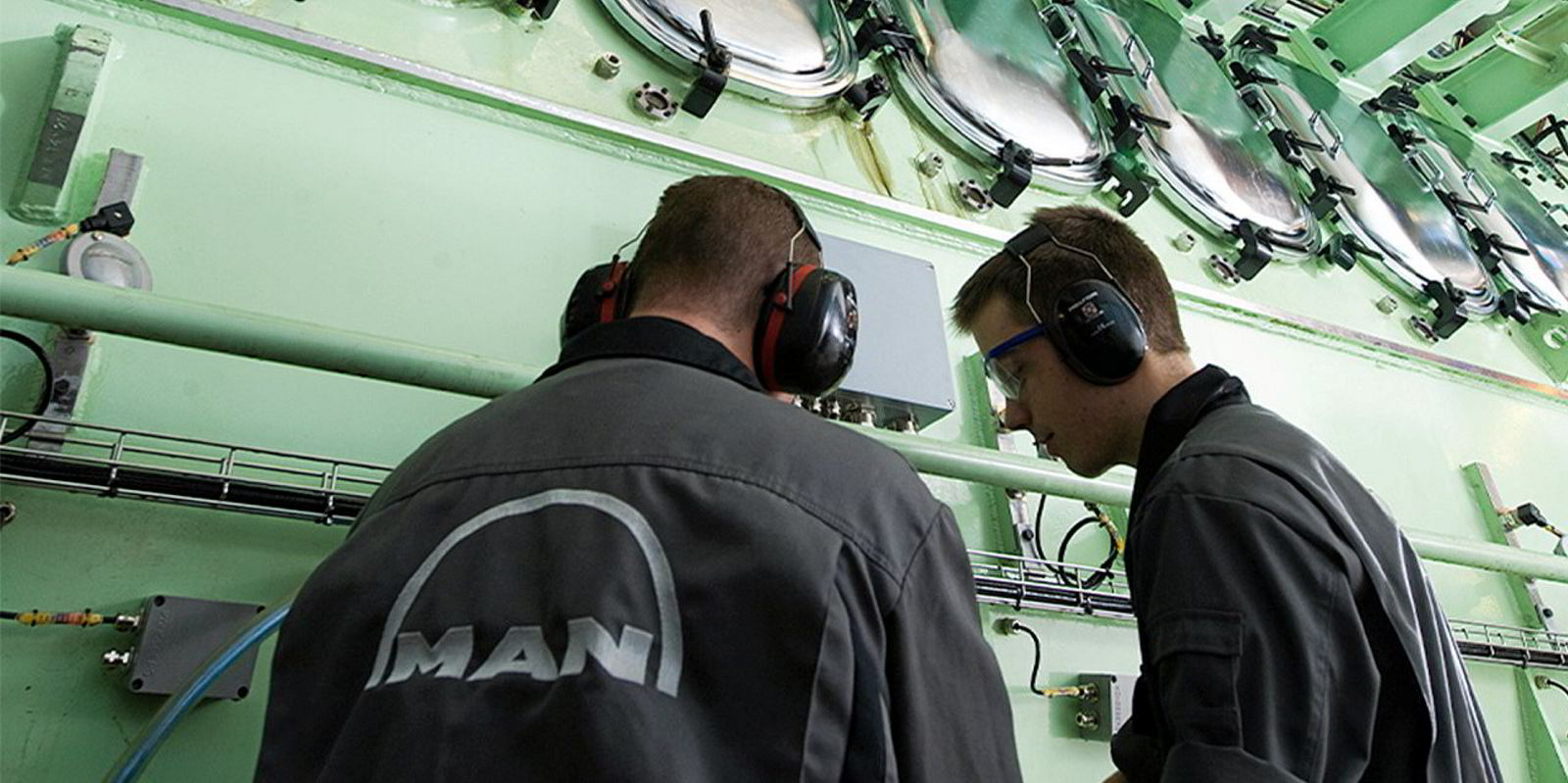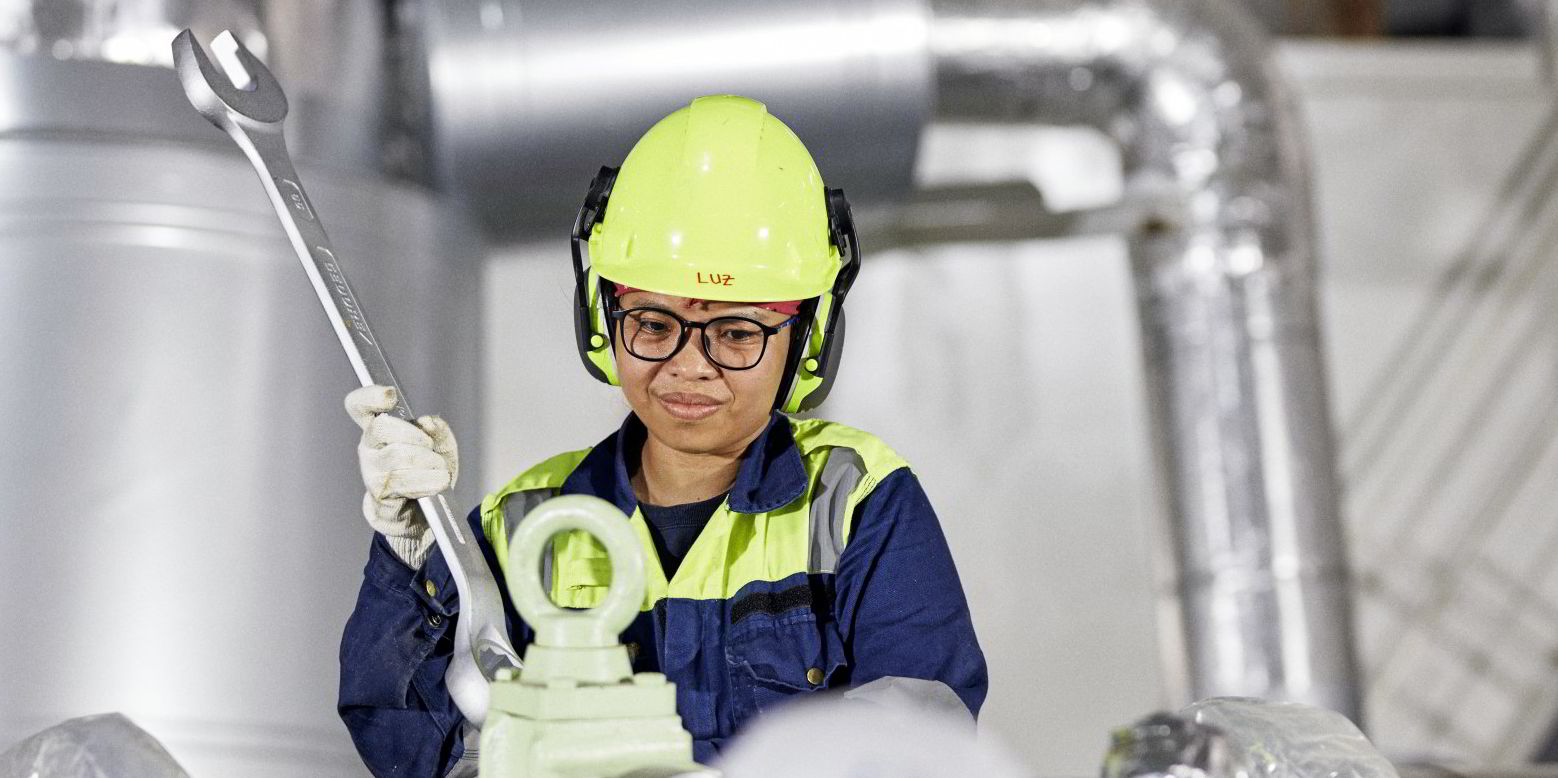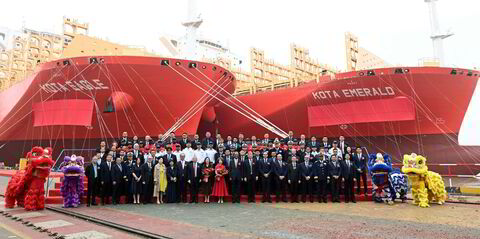The technology is here, but it is about scaling up. That is the message being sent by stakeholders in the green methanol market.
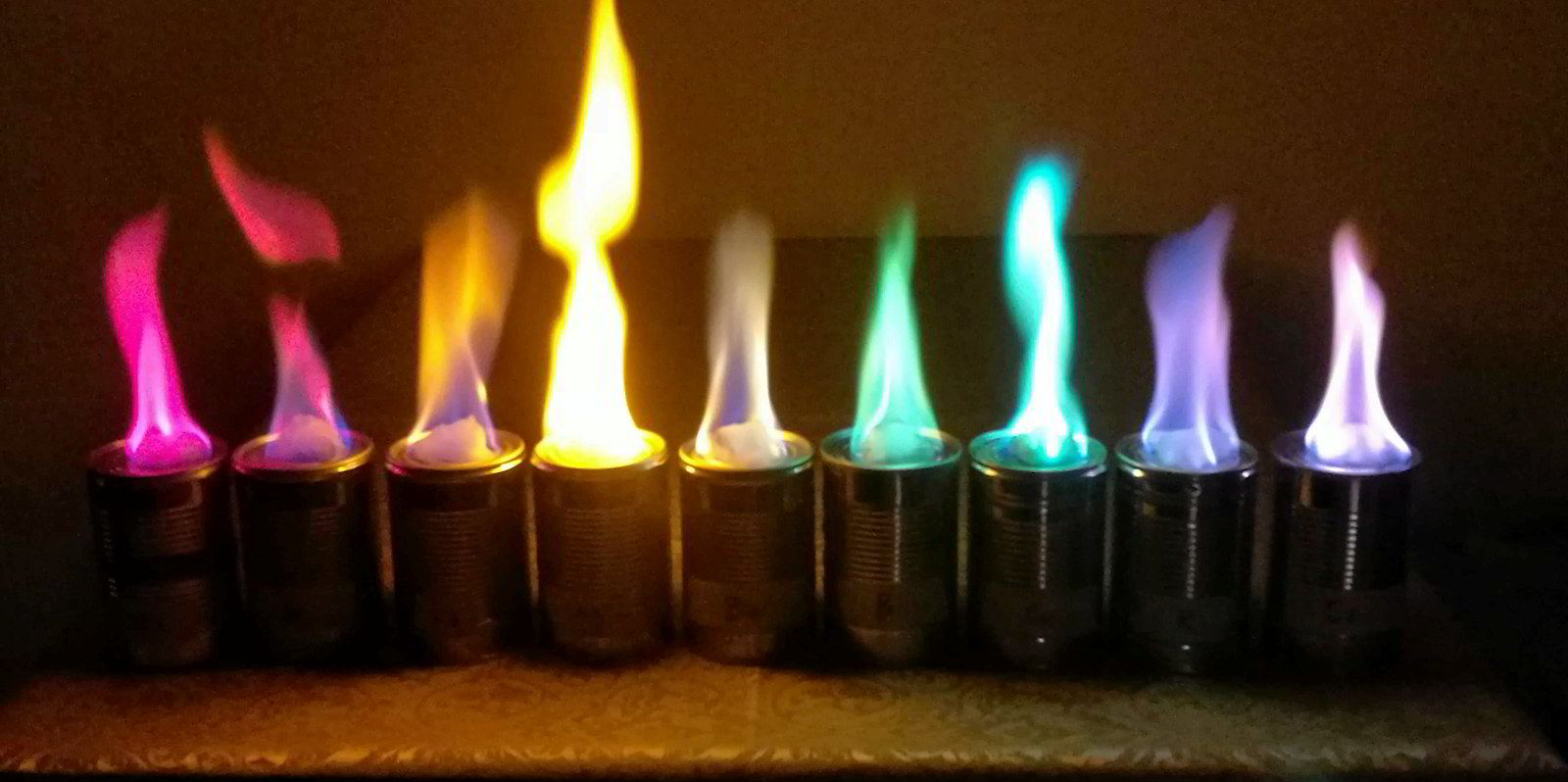
This story is part of a series of articles looking at the future of fuels in shipping.
Click here to read the full report
It is certainly the view of those who provided the fuel for the maiden voyage of the first methanol-powered vessel — the 2,100-teu Laura Maersk (built 2023).
Companies that have ordered dual-fuel methanol-powered vessels are working with a known technology that has existed for eight years.
Barend van Schalkwyk, director at fuel producer OCI Global, said: “Those that have opted for methanol are not taking any technology risk.
“The question is scaling up the production of the fuel, so you can meet the future demand — because the demand is significant.”
That view is shared by Davide Cucino, who chairs the marine pillar of the Renewable & Low-Carbon Fuels Value Chain Industrial Alliance (RLCF), which was established last year.
Cucino, who is head of European Union affairs for Italian shipbuilder Fincantieri, said the challenge since then has been to identify the best fuel solution, taking account of cost and availability.
“We try to assess all the pros and cons of the different fuels,” he said. “And where there is the [fuel] availability, we will take that path rather than another one.”
The right chemistry
Production of green methanol usually falls into two brackets.
First, bio-methanol can be produced from biogas/bio-methane via anaerobic digestion at landfills, wastewater plants or dairy farms.
Some of the methanol used on the Laura Maersk was produced this way.
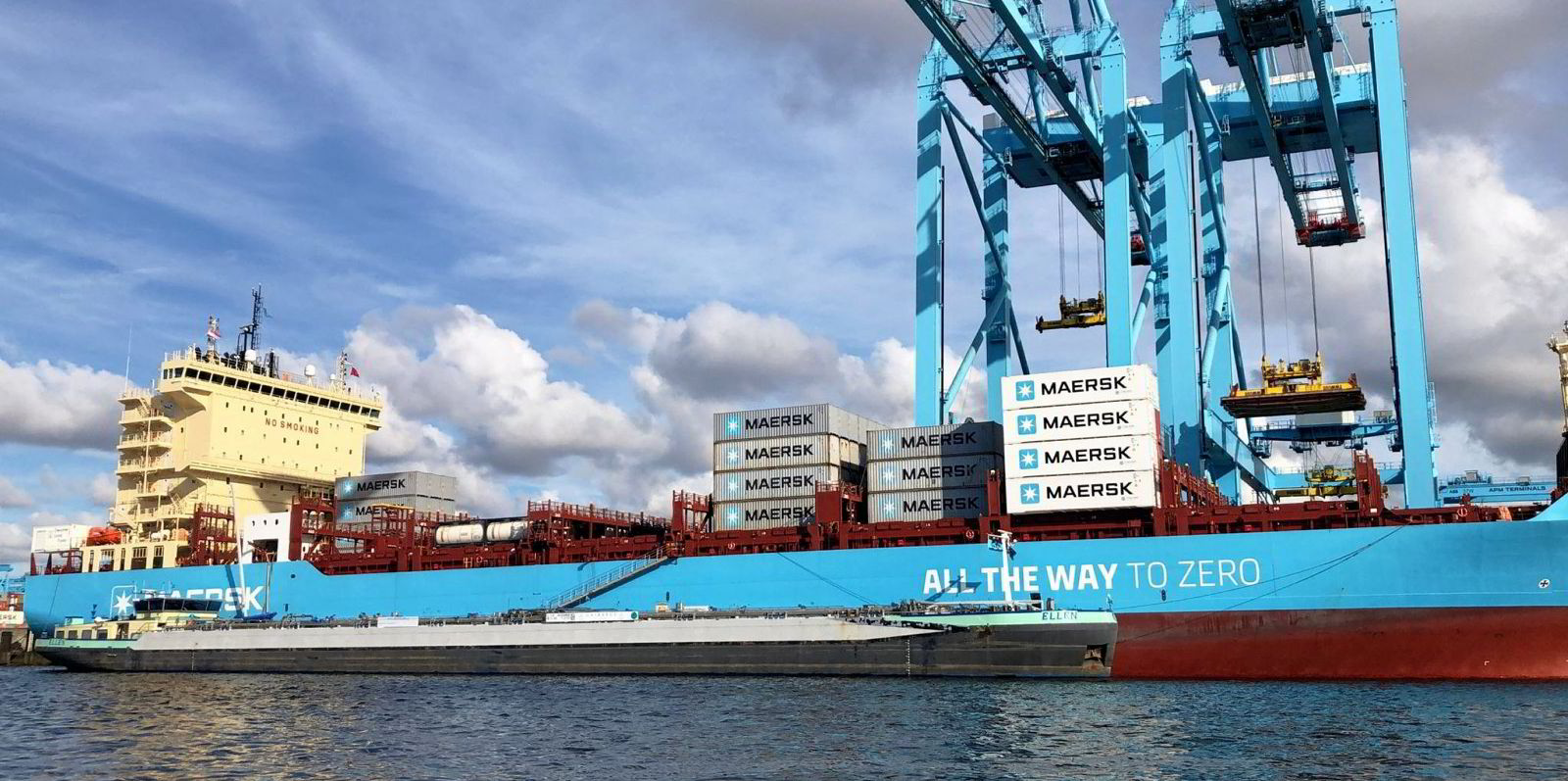
But critics argue that there will never be enough landfill biogas to fuel even part of the shipping industry, and other sectors such as aviation will compete for it.
That leaves e-methanol, which is made by combining green hydrogen with CO2.
The hydrogen is sourced from the electrolysis of water using solar, wind or hydropower, with CO2 from industrial flu gas, biogenic sources or, in the future, direct air capture.
While producers have been looking at electrolysis-based production of green methanol, the commercial costs have prevented many from doing so.
A joint report by the Methanol Institute and the International Renewable Energy Association in 2021 pointed to huge price disparities involved in methanol production.
Whereas the cost of fossil fuel-based methanol was in the range of $100 to $250 per tonne, the cost of producing bio-methanol was $320 to $770 per tonne.
The cost of producing e-methanol pushed the number into the range of $800 to $1,600 per tonne.
If CO2 is obtained by direct air capture, e-methanol production costs would be an eyewatering $1,200 to $2,400 per tonne.
The report said those cost differentials are expected to persist for some time.
So supply remains limited, because producing green methanol on scale at a competitive price is a challenge.
That does not take away the benefits that involve a minimum greenhouse gas reduction of at least 65% compared with fossil fuels.
“That is why we would argue it’s really important that people start to use biofuels now,” OCI spokeswoman Gillian Daines said.
Pilot projects
The attempt to scale up green fuels could be advanced if a number of RLCF pilot projects get the green light next summer.
However, it is clear that green methanol will remain significantly more expensive than conventional fuels.
Fuel producers hope that a carbon tax, and similar legislation to be introduced in Europe or elsewhere, will eventually narrow the price gap.

